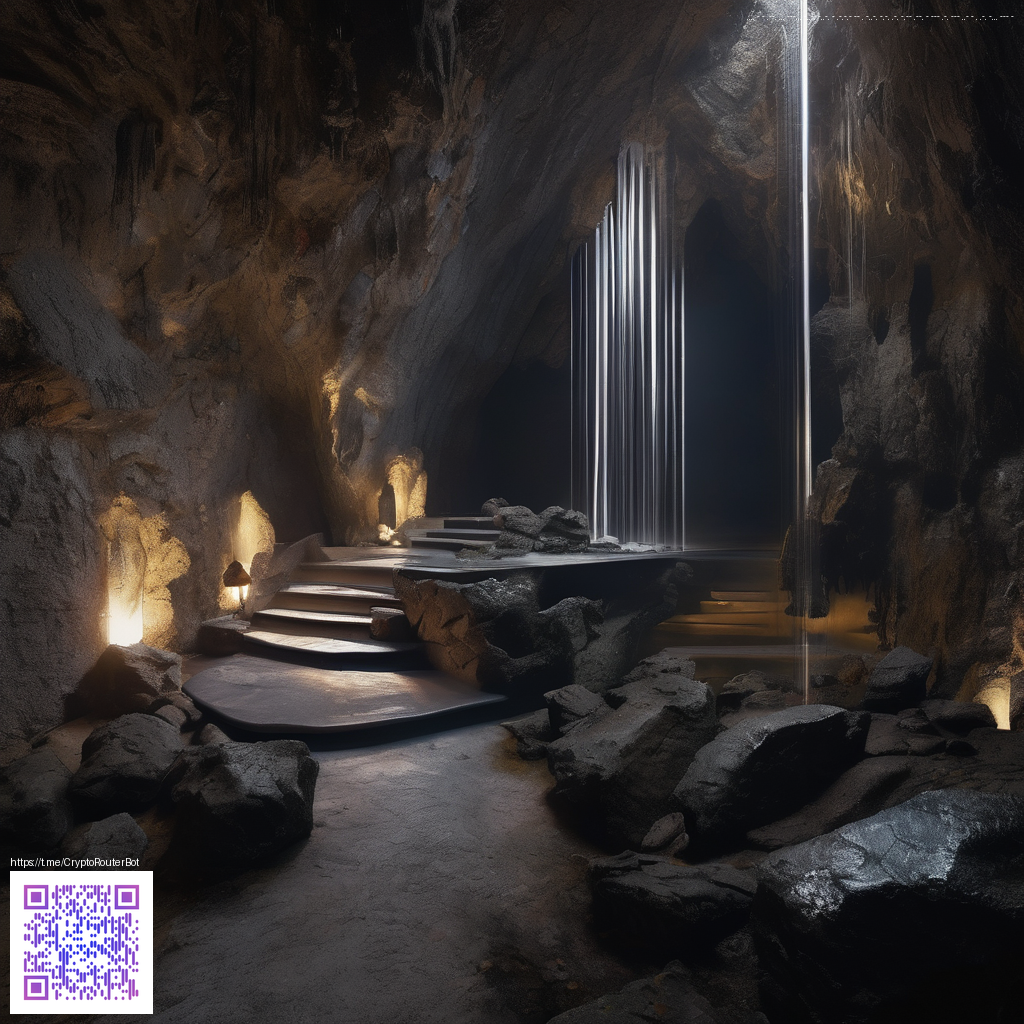
Crafting Realistic Paper Textures: Bridging Handcrafted Methods and Digital Tools
Texture is the quiet driver of realism in digital design. A well-crafted paper texture can ground a scene, making flat surfaces feel tangible and inviting interaction. The journey from a handmade sample to a digital map is not about mimicking a single image; it’s about capturing the essence of fiber orientation, tiny flecks, and the way light dances off matte and slightly glossy surfaces.
From Handmade Roots to Digital Maps
Think of a sheet of paper as a tiny, imperfect landscape. In handmade work, you notice the cotton or wood fibers, the subtle offset of grains, and the way edges wear with handling. Translating that into a digital texture means separating what you see (color, grain, specks) from how it behaves under light (roughness, specular highlights, depth). By starting with careful observation of real samples, you can craft a digital workflow that preserves the tactile feel while staying flexible for animation, lighting shifts, and responsive design.
“Texture isn’t just a pretty image—it’s a negotiation between light, material, and the viewer’s expectation of realism.”
In practice, the most convincing textures combine a faithful color base with layered maps that drive micro-roughness, height, and sheen. The result is a surface that reads as paper in a range of environments—from a bright web UI to a moody print mockup.
Texture Maps: Color, Roughness, and Depth
A solid texture pipeline for paper typically includes several interrelated maps:
- Albedo/Color map captures the warm hum of paper tones and subtle color shifts from aging or processing.
- Roughness map defines how glossy or matte the surface appears, revealing the audience’s perception of a smooth or gritty finish.
- Normal/Bump map adds micro-roughness details that catch light in tiny, convincing ways.
- Displacement/Height map introduces shallow depth to fibers and edge irregularities, useful for 3D renders or high-fidelity composites.
- Specular map controls how highlights bar across the surface, accounting for fibers, coatings, or finishing gloss.
Throughout this process, color management matters. Paper rarely presents as pure white; it carries warm undertones and occasional specks. Calibrating color and value ensures the texture stays believable across devices and lighting setups. A practical rule of thumb is to start with a neutral base, then gently push warmth and noise in controlled passes so the texture never feels noisy or artificially flat.
A Practical Workflow You Can Try
Here’s a streamlined approach you can adapt for your projects:
- Capture a real sample under diffused light or scan it at high resolution to retain fiber patterns and tiny flecks.
- Build a base color map that reflects the sheet’s natural tint and aging. Apply subtle color variations to avoid a flat appearance.
- Generate a roughness map that mirrors how the surface reflects light—paper is rarely uniformly matte; plan for slight variations across the sheet.
- Create a normal map to simulate micro-roughness from fibers and pressed textures without overwhelming other details.
- Layer a displacement or height map sparingly to evoke depth along fiber directions and edge wear, especially useful for packaging or print-ready mockups.
- Test with different light angles and backgrounds to ensure the texture remains credible as it interacts with shadows and highlights.
As you iterate, think about the intended usage. For editorial layouts or product packaging mockups, the texture should read well at a glance but hold up under close inspection. For interactive digital scenes, you’ll want maps that respond convincingly to changes in perspective and illumination.
For designers seeking tangible references, a quick study can be found in everyday objects that reveal edge wear and gloss patterns. If you’re exploring a practical reference, consider this example product as a tactile anchor: Neon Phone Case with Card Holder MagSafe Card Storage. Its attention to edge detail and subtle finish nuances can illuminate how real-world materials behave, informing your digital texture decisions without overpowering your composition.
Ultimately, the goal is to blend the charm of handmade texture with the precision and repeatability of digital workflows. When done well, a paper texture becomes more than a visual cue—it becomes a believable surface that anchors your designs and invites closer examination.